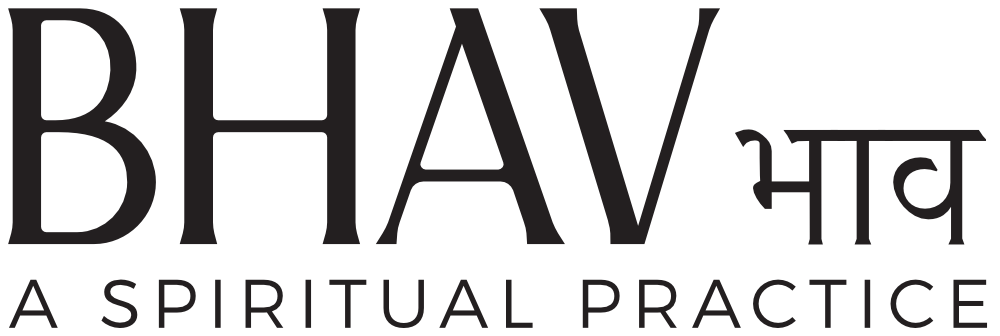Pran Vayu Yoga: Mastering the Art of Energy Flow and Inner Balance
Pran Vayu, a vital concept in yogic philosophy, is central to the well-being and spiritual journey of individuals. Particularly here at Bhav, where we’re more interested in the depth of the practice, Prana Vayu Yoga takes on a special significance. This energy, associated with the Anahata or heart chakra, embodies the essence of inward reception – governing the intake of life force or 'prana' through deep inhalations and backbends.
Prana Vayu Yoga focuses on the chest area, the site of the Anahata Chakra. These practices, specifically in the heart, are designed to balance and enhance the flow of Prana Vayu. The Anahata chakra, located in the chest, is the centre of balance, compassion, and connection in our body. Proper engagement with Prana Vayu through yoga ensures a harmonious and balanced life with huge receiving capacity..
The Anahata chakra, or heart chakra, is pivotal in yoga practices. It acts as the fulcrum between the physical and spiritual realms within our energetic body. Open and balanced Anahata chakra fosters feelings of love, empathy, and connectedness. Yoga practices that focus on this chakra enhance both physical health (particularly the lungs and heart) and emotional and spiritual well-being.
Breathing, a direct influence of Prana Vayu. Pranayama, or breath control techniques, are integral in enhancing Prana Vayu. These techniques range from simple deep breathing exercises to more advanced practices, all aimed at improving lung health, which is critical given that the lungs are the primary organ for Prana Vayu intake.
Poses as Bhujangasana (Cobra Pose), Ustrasana (Camel Pose), and Matsyasana (Fish Pose) open up the chest area, enhancing lung capacity and improving the flow of Prana Vayu. By concentrating on the thoracic region, these poses facilitate a deeper connection with the Pran Vayu.
A significant aspect of yoga practice involves balancing Prana and Apana Vayu. This balance is crucial for maintaining overall health and harmony. Grounding and stability-focused asanas, such as Tadasana (Mountain Pose) and Vrikshasana (Tree Pose), are commonly practiced to aid in this balance.
Diet and lifestyle choices also play a role in the functioning of Prana Vayu. Consuming fresh, prana-rich foods and engaging in lifestyle practices that enhance prana intake, like spending time in nature and practicing mindfulness, are encouraged alongside yoga practices.
In addition to physical practices, Prana Vayu meditation is a powerful tool in Bhav Studio's yoga sessions. Techniques like visualising a bright white light at the midbrain has the feeling of your brain being nourished and your 5 senses being restored, fostering emotional well-being.
The state of Prana Vayu deeply affects our emotional health. Balanced Prana Vayu leads to emotional stability and a sense of connection, while imbalances can result in anxiety and emotional turbulence.
Incorporating Prana Vayu practices into daily life in Cronulla can be transformative. Regular engagement in mindful breathing, heart-centred meditation, and chest-focused yoga asanas helps maintain the balance and flow of Prana Vayu, leading to improved physical health, emotional stability, and spiritual connection.
Through the practice of Prana Vayu Yoga, especially in a place as conducive as the Bhav Community can attain a more balanced and fulfilling life, marked by enhanced physical health, emotional stability, and spiritual connectivity.
